Hash Holes Go to Mars With Jiko+
Courtesy of NASA Hash Holes Go to Mars With Jiko+ Jimi Devine August 18, 2023 Cannabis Can tech-backed oversupply ruin clout? We’re about to find out with the new Jiko+ Donut Maker designed by a former NASA engineer. The creators of the Jiko+ are looking to conquer one of the points in the cannabis supply…
Courtesy of NASA
Hash Holes Go to Mars With Jiko+
Jimi Devine August 18, 2023 Cannabis
Can tech-backed oversupply ruin clout? We’re about to find out with the new Jiko+ Donut Maker designed by a former NASA engineer.
The creators of the Jiko+ are looking to conquer one of the points in the cannabis supply chain people have not been able to automate up to this point. Sure there have been infused preroll machines, but they were never a true donut, or as we call them now, hash hole. The tech attached to those machines was mostly needles attached to a heating element that would shoot the concentrate into each joint evenly as it removed the needle. A lot of the time the material being used in these infused prerolls, both the flower and hash, was between garbage and subpar.
On many occasions, those infused prerolls were simply an attempt to bump the price of their contents by trying to make them sound nicer. These kinds of preroll entities have existed since the early 2010s because, for every more educated connoisseur that knew they were garbage, there were a few part-time puffers that knew they wanted to get “messed up.” Add to that the fact prerolls have continued to grow their market share as a whole in the years since legalization and it’s easy to see why there are some shady folks that remain commercially viable.
There is an argument to be made that darkness before the light partially helped rocket hash holes into the stratosphere. We were so used to how bad it had gotten with infused prerolls that when we finally started seeing small batch artisan hash holes after Fidel brought the premise back from Barcelona, it was like a hype lightning storm that came out of nowhere. Overnight, the most expensive prerolls in the state were hand-rolled small-batch prerolls filled with exotic rosins and equally high-end flowers.
Since hash holes came out the gate so strong, it was easy to see who was skimping on quality. To this point, they’ve remained a daily boutique thing.
When I asked Fidel what he thought of something like the Jiko+, he simply replied wondering why someone would need to roll 800 hash holes in an hour. What will the top-shelf preroll market turn into?
Or, will the hardware truly even be able to compare to Calirofnia’s best rollers? You could even say the hash hole hype helped breathe this new generation of famous rollers that took off after the pandemic. The Brunos, the CGOs, and others who have conquered the space, are turning into legit cannabis celebrities and influencers around the world. When I was at Hash Hole Island earlier this week up north outside Sacramento, I met people from Texas and New York that just flew in to smoke hash holes. The last time I was in Africa, I saw Bruno’s star power firsthand as some of the local hitters were simply giddy to see him. Can a machine recreate this kind of culture?
I don’t know. But once you get past the philosophical questions about maintaining the boutique aspect of hash holes, the Jiko+ is admittedly pretty dope. It accommodates various joint and blunt sizes that range from one to three grams. The amount of hash inside of each range from .2 to a full gram.
“Up until now, crafting these intricate, infused prerolls by hand required labor-intensive processes that lacked scalability, consistency and dependability. We’re proud to have developed the technology and equipment that both brands and consumers will appreciate and enjoy,” says Nohtal Partansky, co-founder and CEO of Sorting Robotics.
Partansky is a former engineer at NASA’s Jet Propulsion Laboratory in Pasadena. While there, he worked on the MOXIE project. That instrument is currently on the surface of Mars producing oxygen from the Martian atmosphere. That kind of hardware is obviously critical for any future exploration of the red planet.
Advertising disclosure: We may receive compensation for some of the links in our stories. Thank you for supporting LA Weekly and our advertisers.




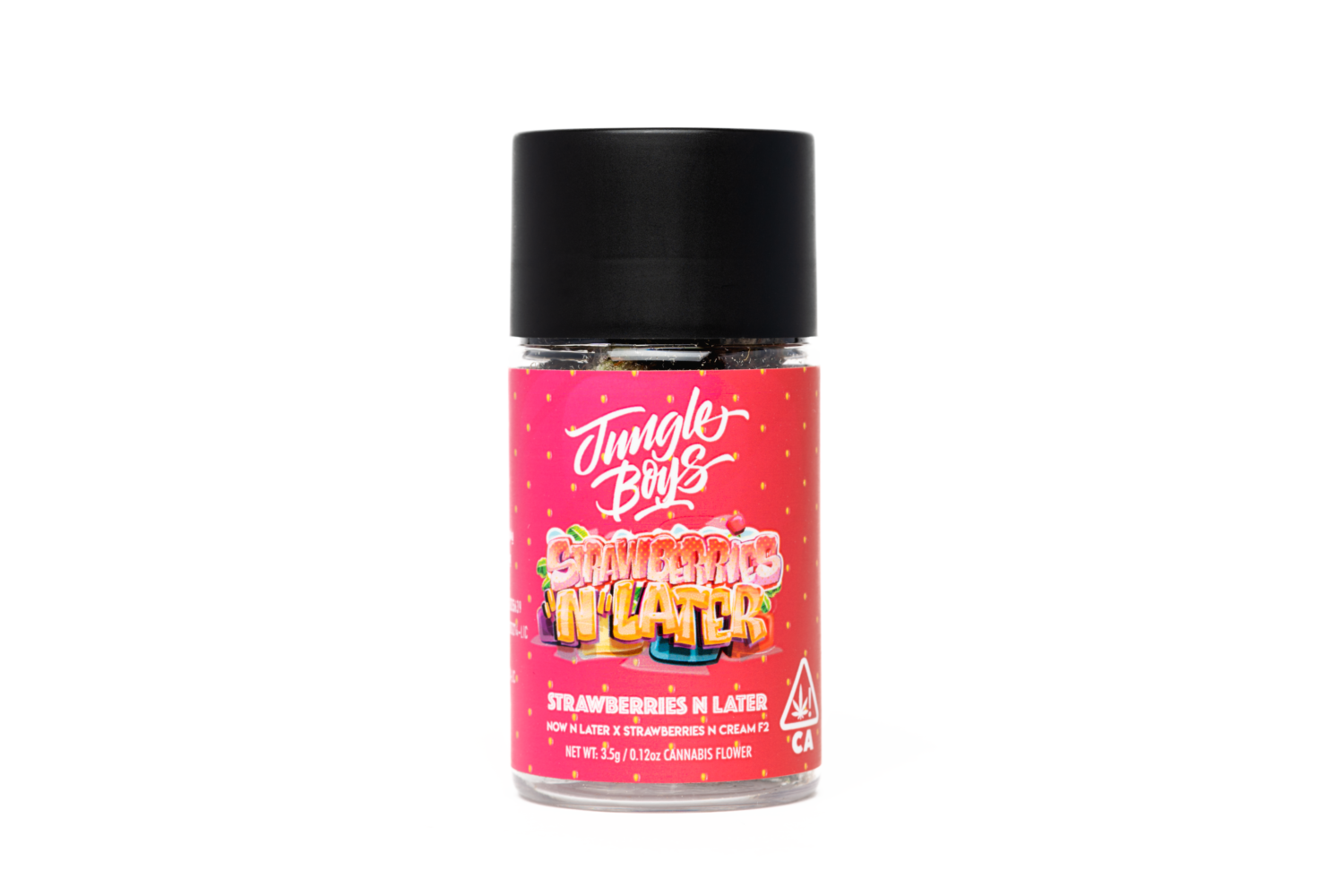

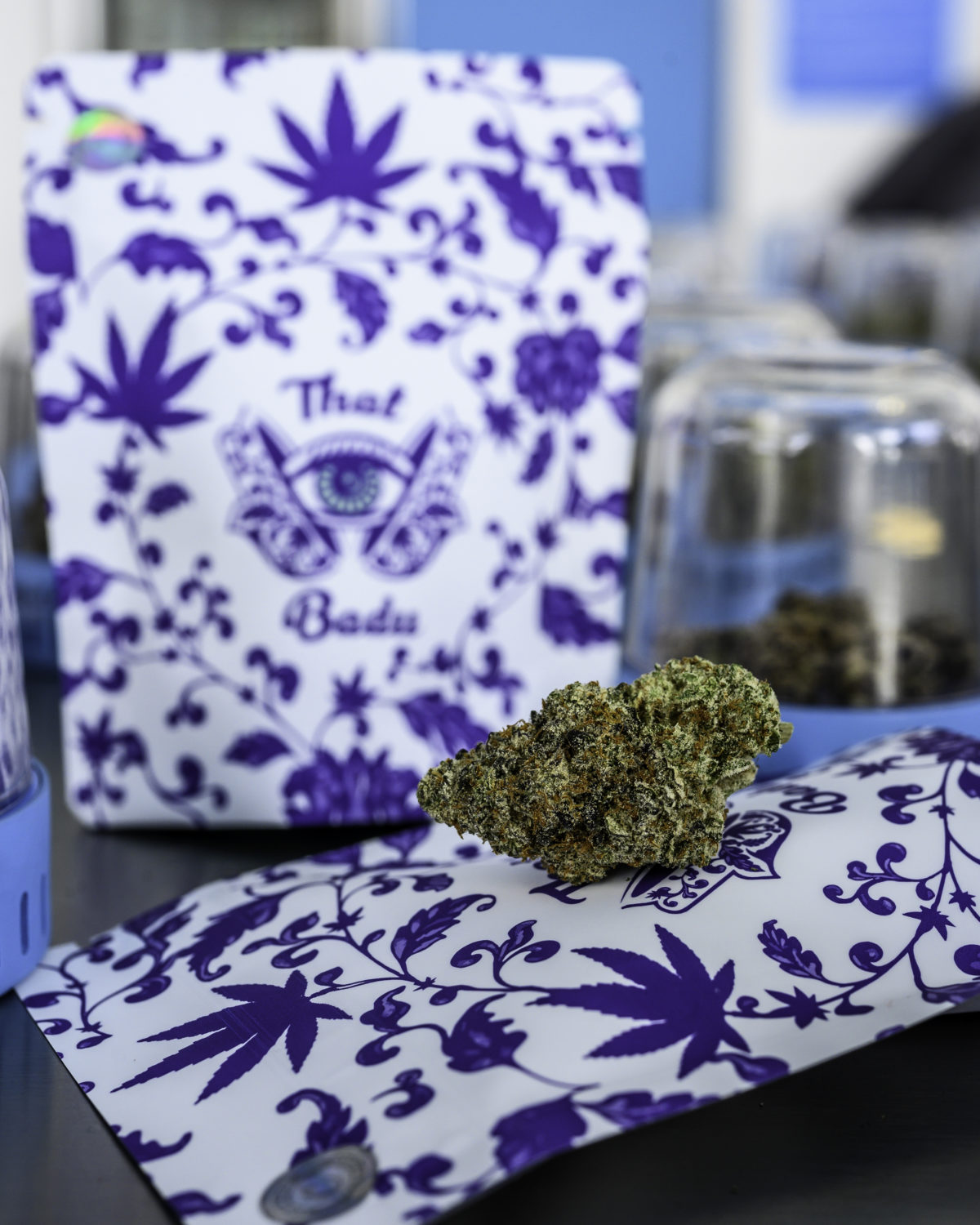
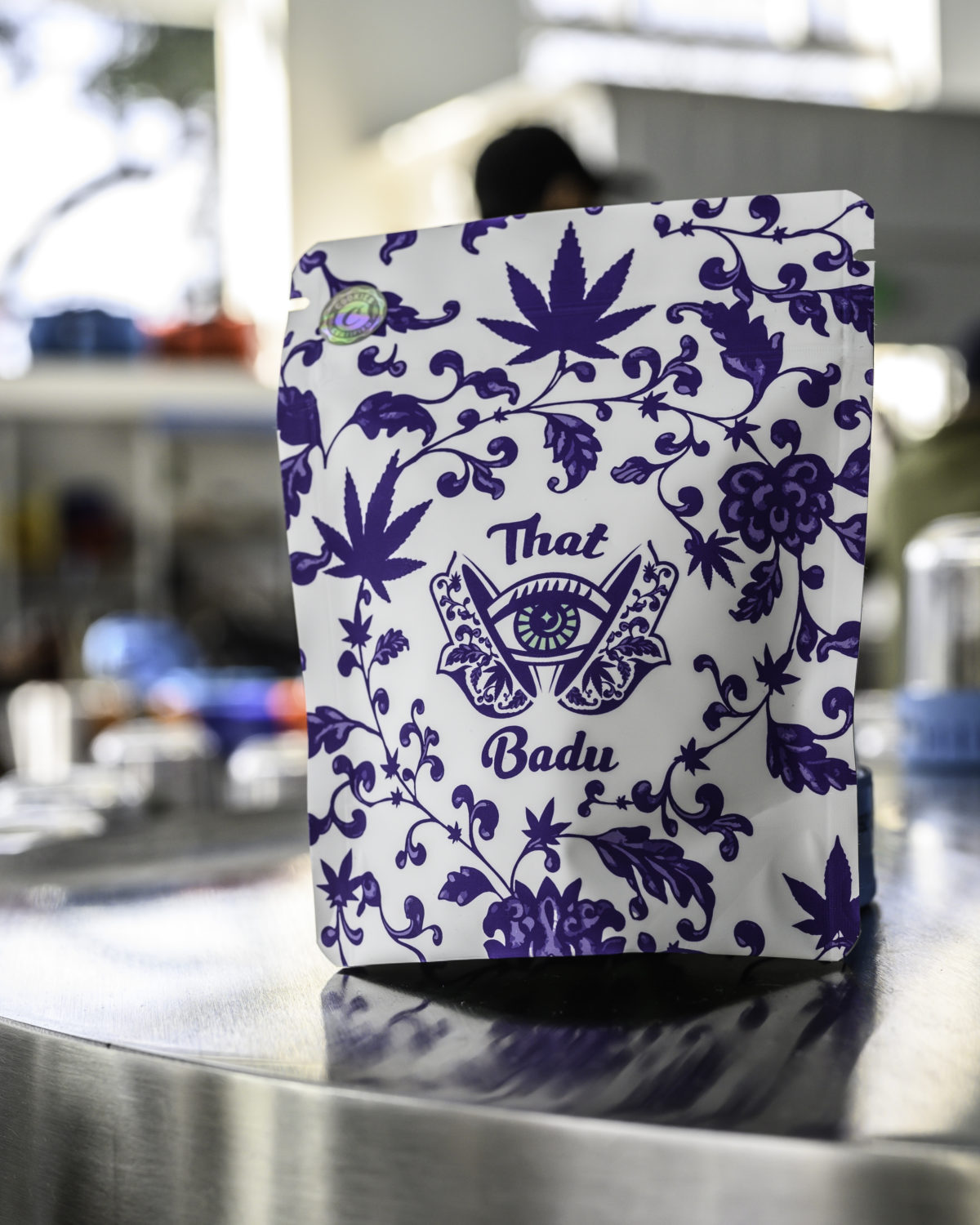
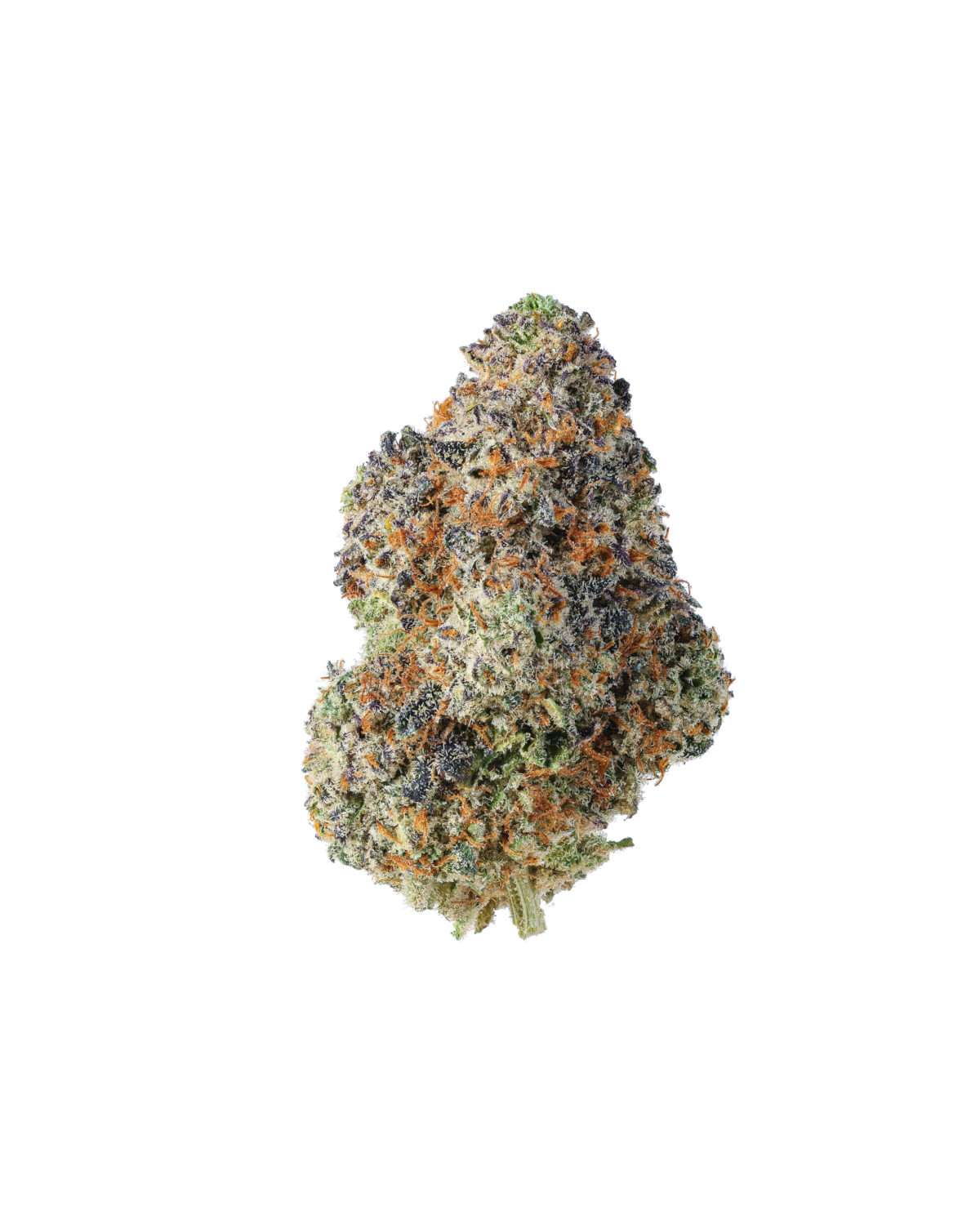


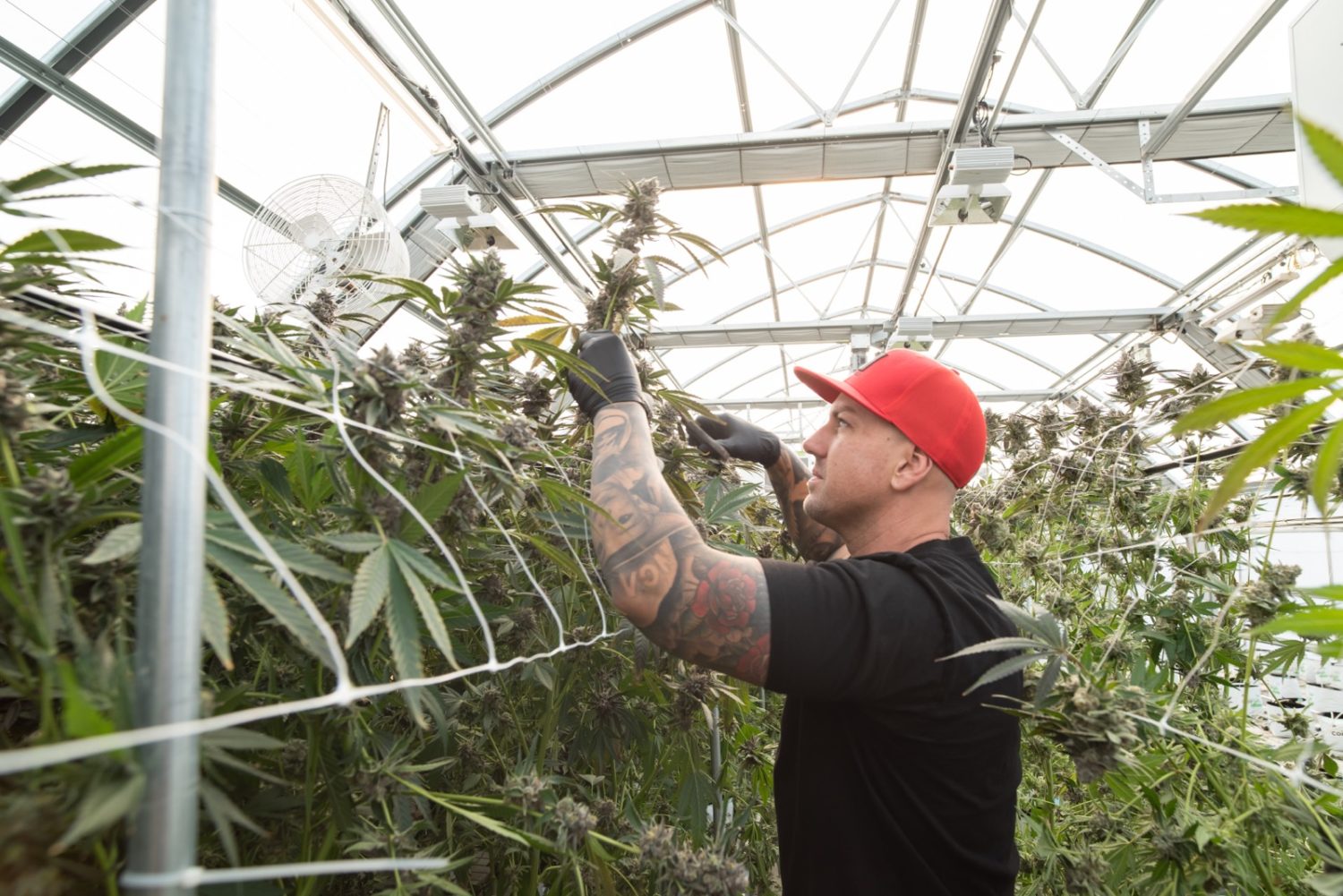
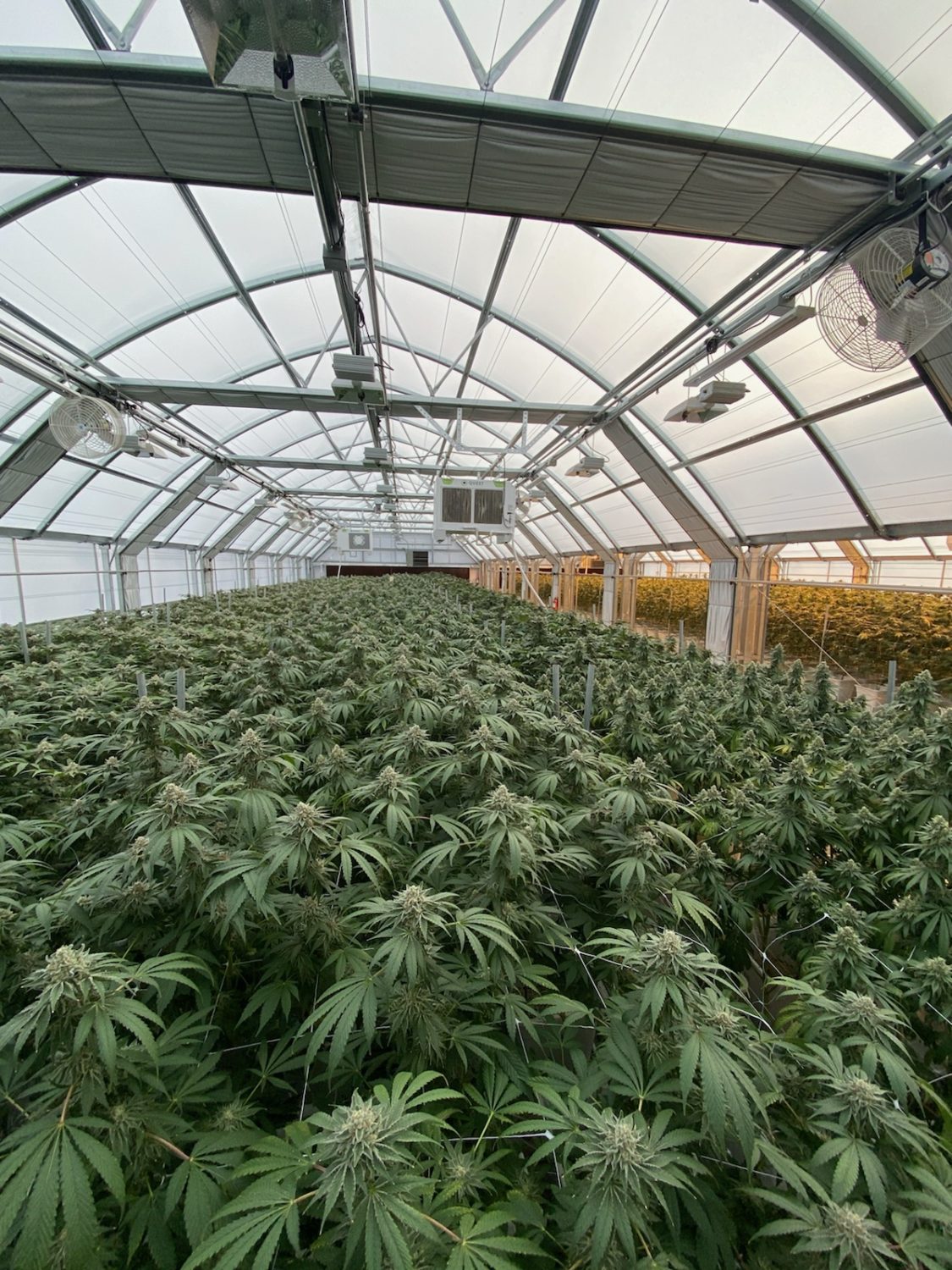
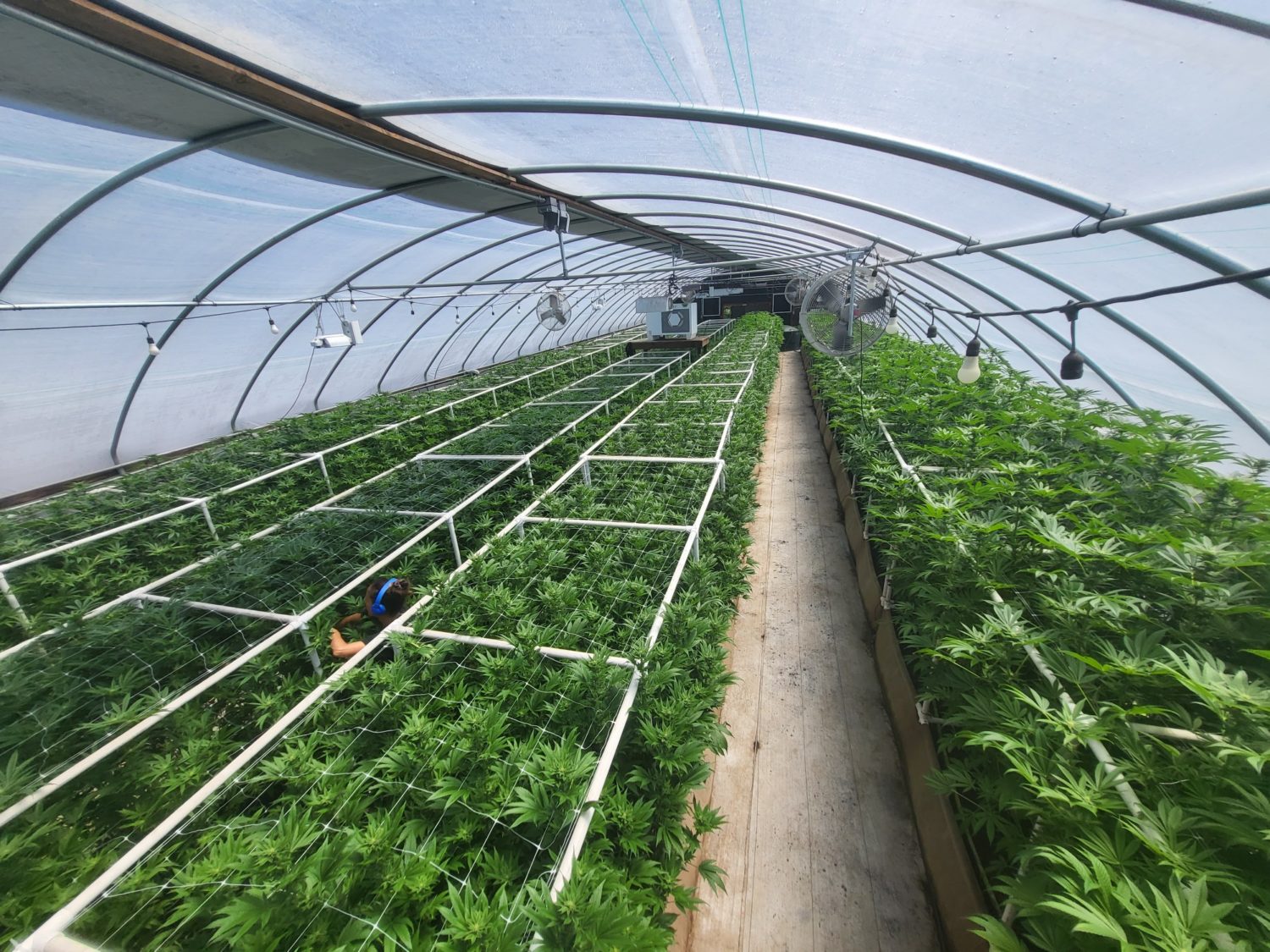
 Photos courtesy of Ted’s Bud Co
Photos courtesy of Ted’s Bud Co